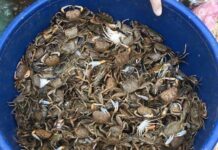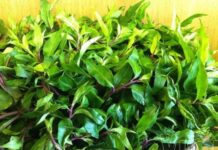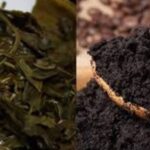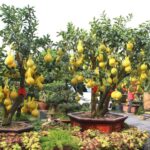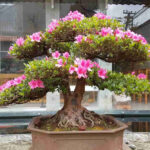The Sansevieria trifasciata, commonly known as the snake plant, is believed to bring good fortune and prosperity to its owners. It is said to attract wealth and bring luck to the household. Additionally, it is thought to have the power to ward off evil spirits and drive away bad luck, thus bringing peace and harmony to the family.
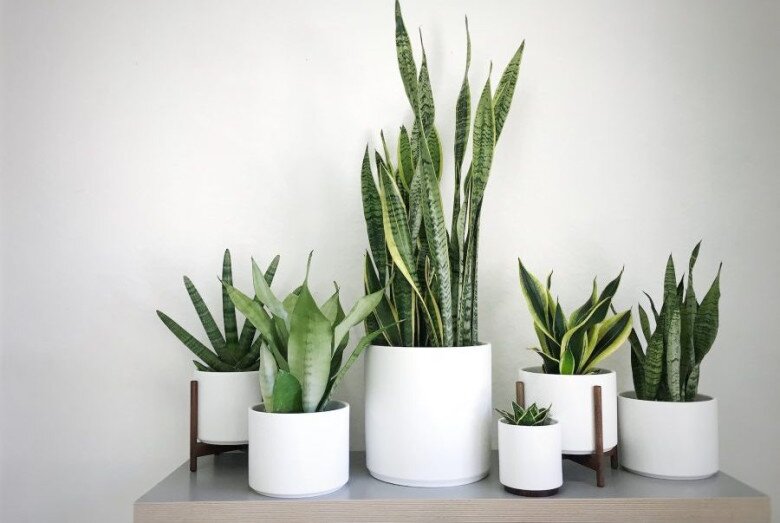
The snake plant is also nicknamed the “mini air purifier” due to its exceptional air-purifying abilities. It effectively removes dust and harmful toxins from the air while absorbing electronic radiation.
At night, the snake plant releases oxygen, promoting better sleep and reducing stress levels. Additionally, it increases humidity levels indoors, minimizing skin and respiratory issues caused by dry air. Despite its numerous benefits, the snake plant may not be suitable for everyone.

Here are three types of people who should avoid keeping a snake plant in their homes.
1. Families with young children or pets
In traditional Chinese medicine, the snake plant is used to treat respiratory ailments such as coughs, loss of voice, and sore throats. It also helps alleviate allergies and skin irritations. Furthermore, it purifies the air, contributing to overall health.
However, the leaves of the snake plant contain saponin, a substance that can irritate the skin and mucous membranes. Chewing or swallowing the leaves may lead to nausea, vomiting, difficulty breathing, and swelling of the mouth and tongue.
Given their curiosity and playful nature, children may accidentally chew or bite into the leaves, posing a potential health risk. Pets are also vulnerable to the toxic effects of ingesting snake plant leaves.
Therefore, families with young children or pets are advised against keeping snake plants indoors. If you choose to have one, ensure it is placed out of reach to prevent any accidental ingestion.
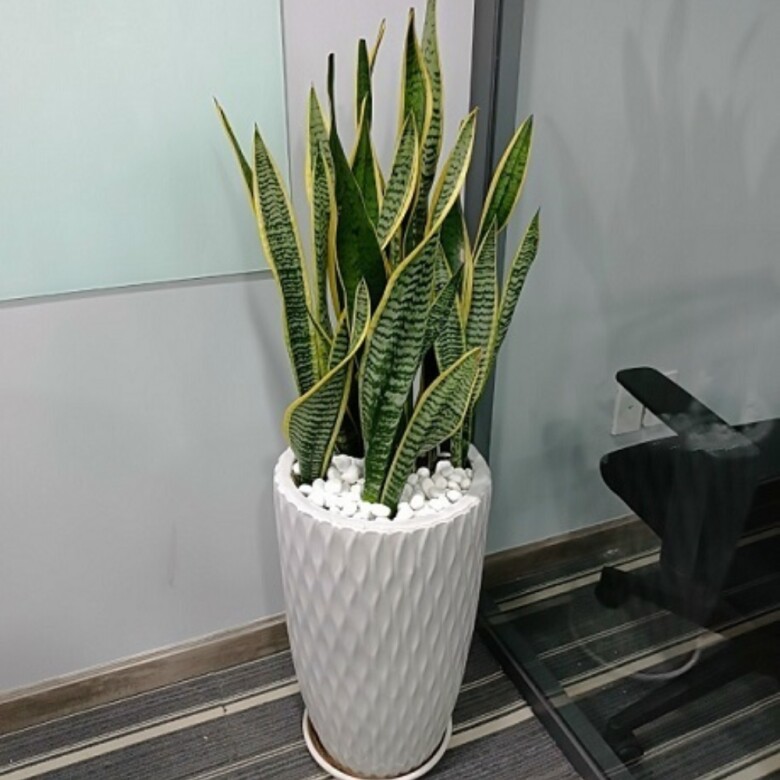
2. Individuals with low-light living environments
Contrary to popular belief, the snake plant thrives in bright, sunny conditions. While it can tolerate low-light environments, it will not flourish. Adequate lighting encourages healthier growth, resulting in broader, darker green leaves with more prominent yellow edges. The plant will also produce more shoots and flowers.
When kept in dark or shaded areas for extended periods, the snake plant’s growth slows down. The leaves become thin and small, with faint, unattractive veins. They may even turn yellow and wilt. Additionally, the plant struggles to produce new shoots.
Therefore, if your living space lacks sufficient natural light, it is best to avoid keeping a snake plant indoors. Watching the plant struggle to survive may negatively impact your mood and cause unnecessary stress and frustration.

3. Individuals with incompatible elemental energies
Sansevieria trifasciata comes in various colors, including green, white, and yellow. When choosing a snake plant, consider your elemental energy, or “ming,” to ensure a harmonious relationship. Select a color that complements your ming, avoiding colors that may bring bad luck or negative energy.
For example, the green snake plant, with its dark green and white hues, suits those with a metal (jin) elemental energy. However, according to the five elements theory, metal clashes with wood and earth. Therefore, individuals with wood or earth elemental energies should avoid this plant.
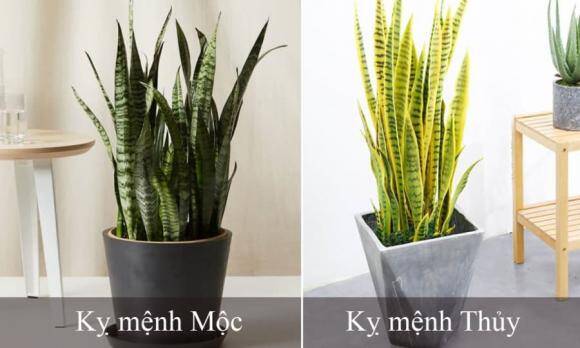
The yellow-edged snake plant, on the other hand, represents the earth element. According to the five elements theory, earth clashes with fire and water. Hence, individuals with fire or water elemental energies should refrain from keeping this plant.
Similarly, the white snake plant is associated with the metal element, which clashes with wood and earth. Therefore, individuals with wood or earth elemental energies may want to avoid this variety. However, these are general guidelines, and personal preferences may vary.
The Magic of Tea: Discover the Surprising Uses of Tea Beyond the Cup
The humble tea bag, often discarded after a single use, is actually a treasure trove of nutrients and beneficial compounds. Green tea, in particular, offers a plethora of health benefits, and with a little creativity, we can fully utilize every tea leaf to its maximum potential, thus saving money and optimizing the value of our tea.
The Magic of Ginger: Unlocking Health Benefits for a Better Night’s Sleep
Introducing the wonders of ginger – a potent root with a plethora of benefits, right at your bedside. Uncover the secrets of this vibrant spice and embark on a journey of wellness. From boosting your immune system to promoting better sleep, ginger is a natural remedy with a kick. Stay tuned as we explore the magic of ginger and how it can revolutionize your health.
























